Stamp collecting is a nuanced hobby that requires attention to detail and a strong foundation in historical and philatelic knowledge. In this post, I’ll react to a popular YouTube video titled “10 Super Rare Stamps Worth Money” by Couch Collectibles.
With over 349,000 views, this video ranks as the top result on YouTube when searching for “most expensive stamps.” While the channel is widely known for its coin-collecting content, my reaction highlights how its foray into philately leaves much to be desired.
Misidentifications and Lack of Expertise
Mistaking Historical Figures
The video opens by featuring a stamp with Benjamin Franklin’s portrait, yet the creator mistakenly identifies it as Thomas Jefferson. This critical error is particularly concerning for someone presenting content about collectibles that often include historical figures. Misidentifying such an iconic face immediately undermines the video’s credibility. Franklin and Jefferson also appear on U.S. coins, making this mistake doubly egregious.
Confusion About Terminology
The creator frequently mislabels key philatelic features. For instance, he refers to a cancellation mark—a fundamental aspect of used stamps—as “some kind of ink that’s been pressed on it.” Such statements reveal a lack of even basic stamp-collecting knowledge, leaving viewers misinformed about what they might find in their collections.
Overemphasis on Rare Stamps
Misleading Representations of Value
Many stamps featured in the video are rare and valuable, such as the Scott 534B (1920 offset type 7 featuring George Washington) and the Scott 613 Harding Rotary Press Stamp. However, the video glosses over essential details, such as how to distinguish these rare varieties from their common counterparts. For example:
- Scott 534B: Its Shermack perforations distinguish it, but this detail was omitted.
- Scott 613: Differences in dimensions (measured in millimeters) set it apart from the common Scott 610. Without these specifics, the video misleads viewers into believing that any stamp matching the general description could be worth thousands.
No Mention of Authentication
Forgeries and reprints abound in the world of philately. High-value stamps often require expert certification, yet this point is consistently ignored. For example:
- Hawaiian Scott #1: While cataloged at $250,000 in used condition, the video neglects to mention that reprints and fakes are far more common.
- #RG103 Silver Tax Stamp: This stamp, cataloged at $40,000, would require a certificate of authenticity to confirm its rarity.
The Problem with Viral Misinformation
Overgeneralization of Collectibles
The video emphasizes the exceptional value of rare stamps while ignoring the vast majority of similar designs that are common and nearly worthless. By not clarifying these distinctions, the video creates false hope for casual collectors.
Promotional Nature of the Content
Instead of delivering substantive educational content, the video appears focused on self-promotion, frequently steering viewers to join membership programs or follow social media channels. This detracts from its potential to genuinely inform.
Algorithmic Failures
The fact that this video ranks as the top result for “most expensive stamps” highlights a broader issue with algorithm-driven content. Videos filled with inaccuracies and promotional fluff should not be prioritized over those offering well-researched, detailed information.
Key Examples from the Video
The Ben Franklin Reissue of 1875
- What the Video Says: This 1-cent stamp was sold for $28,000.
- What’s Missing: It’s an 1873 reissue on hard white wove paper, identified by cut perforations and issued without gum. Current catalog value is $14,000, and authentication is essential.
The Harding Rotary Press Stamp (Scott 613)
- What the Video Says: This stamp sold for over $103,000.
- What’s Missing: Its rare rotary press printing results in slightly larger dimensions compared to the common Scott 610. Authentication and centering affect value dramatically.
RG103 Silver Tax Stamp (1942)
- What the Video Says: Sold for over $46,000.
- What’s Missing: The 1942 issue distinguishes it from similar designs from 1941 and 1944. The video doesn’t explain how to verify authenticity or identify the correct series.
While Couch Collectibles excels in the coin-collecting domain, this video on rare stamps falls short in accuracy and educational value. Misidentifications, omitted details, and promotional overtones make it unsuitable as a reliable resource for stamp collectors. As always, collectors should seek multiple, well-researched sources when evaluating the potential value of their stamps. For any significant finds, obtaining expert certification is crucial to confirming authenticity and condition.
By shedding light on the inaccuracies in popular philatelic content, I hope to guide collectors toward better resources and foster a more informed community. As always, happy collecting!






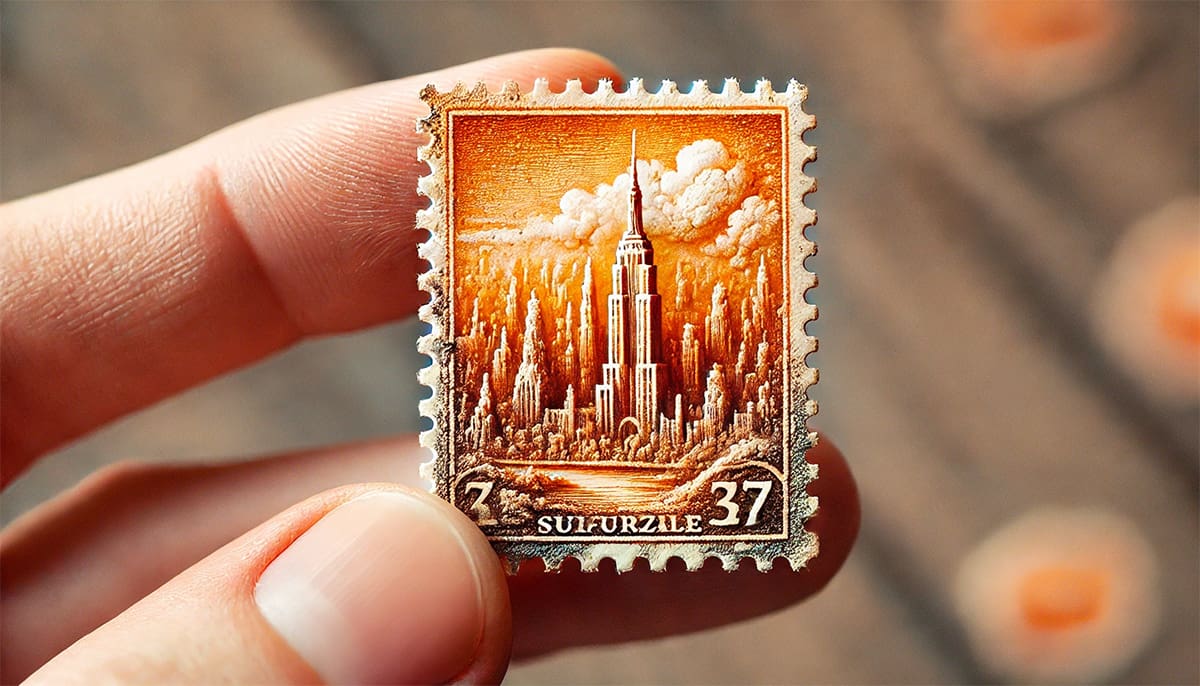
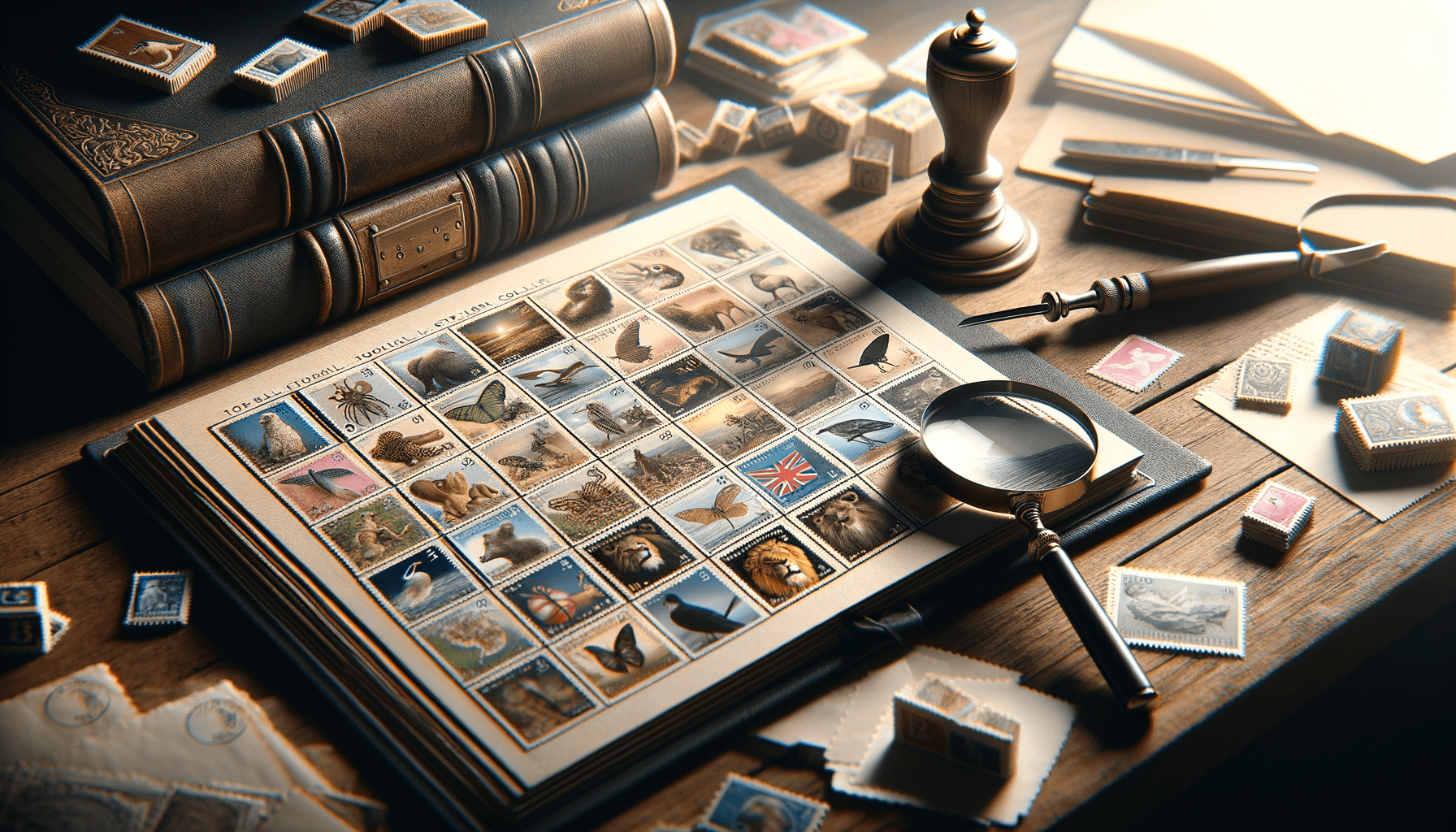



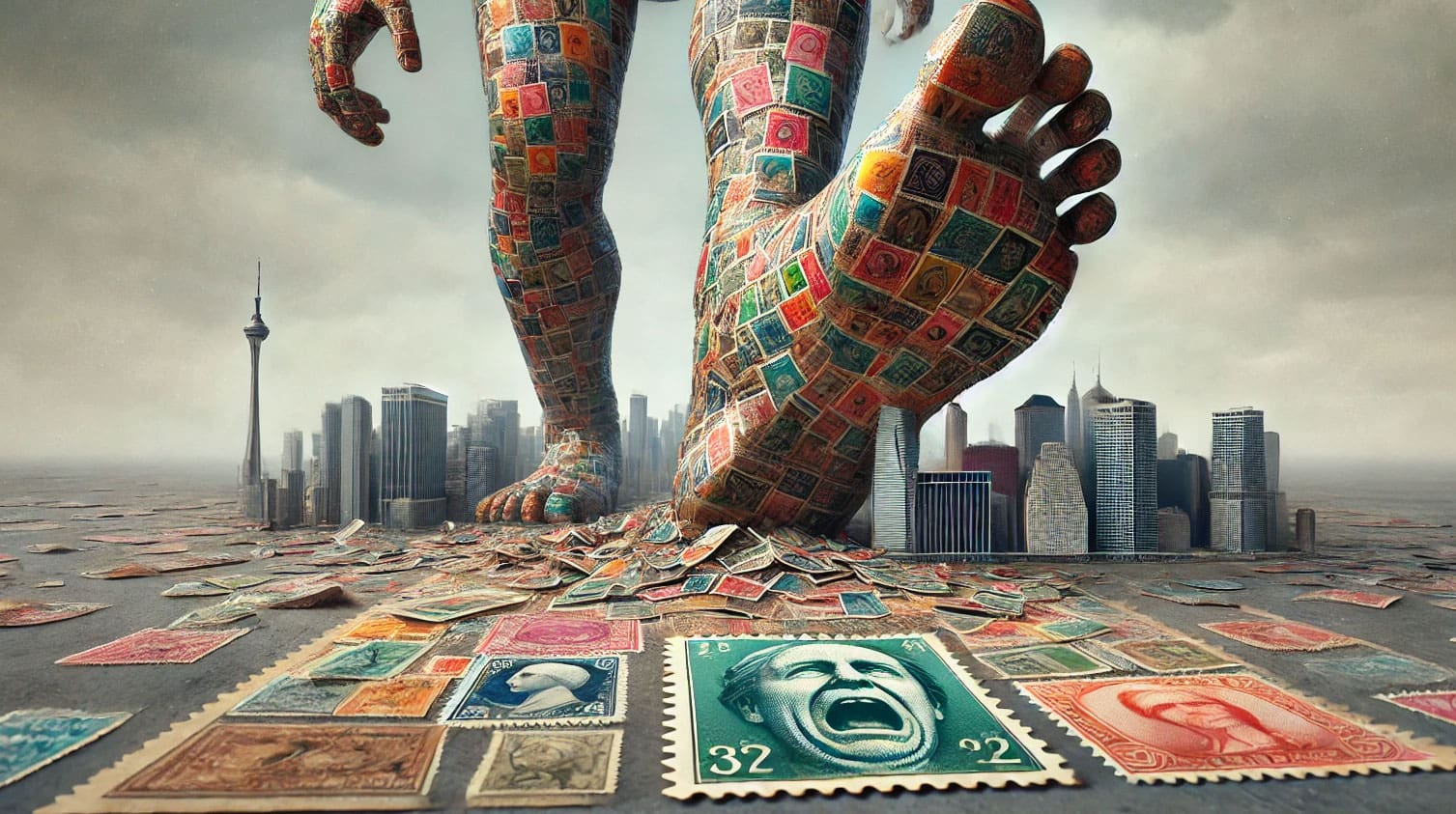
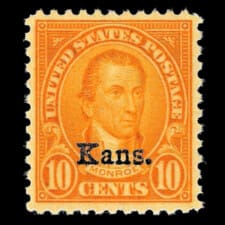
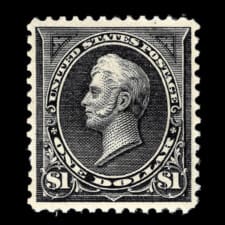


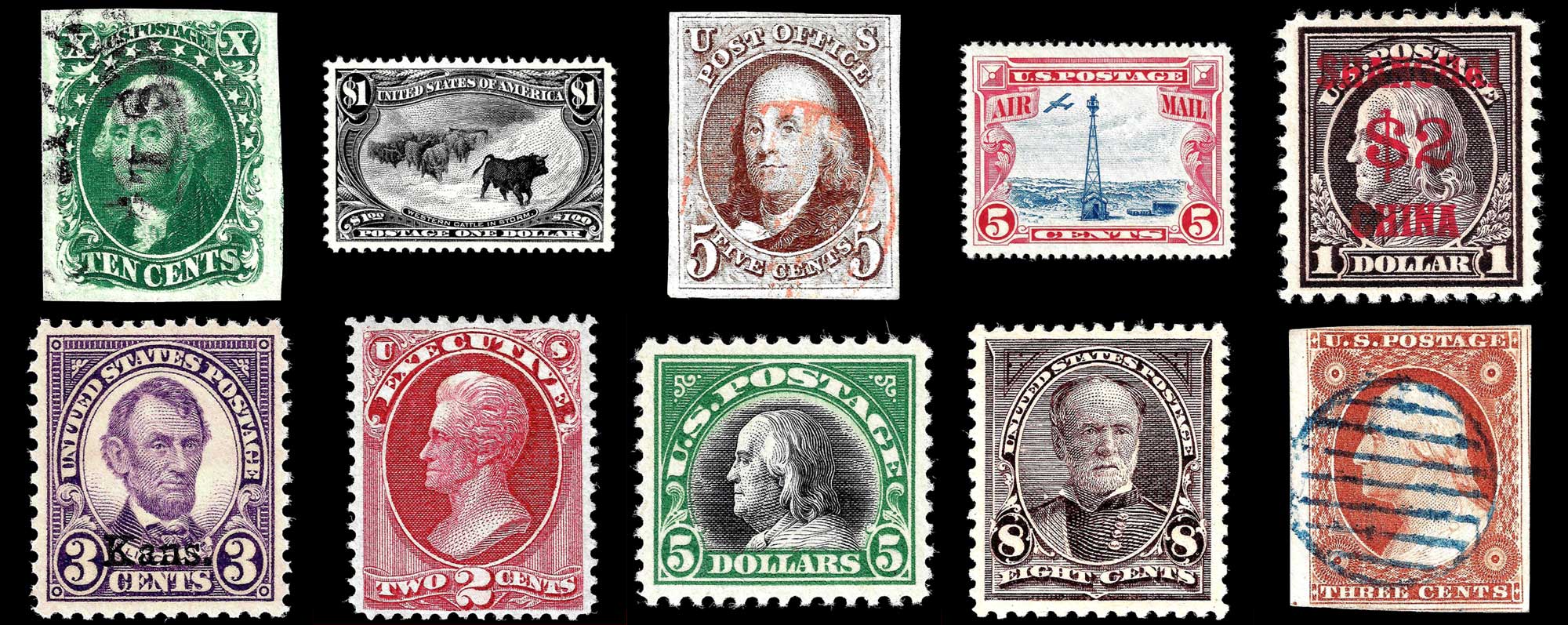
Ask A Question Or Leave A Comment